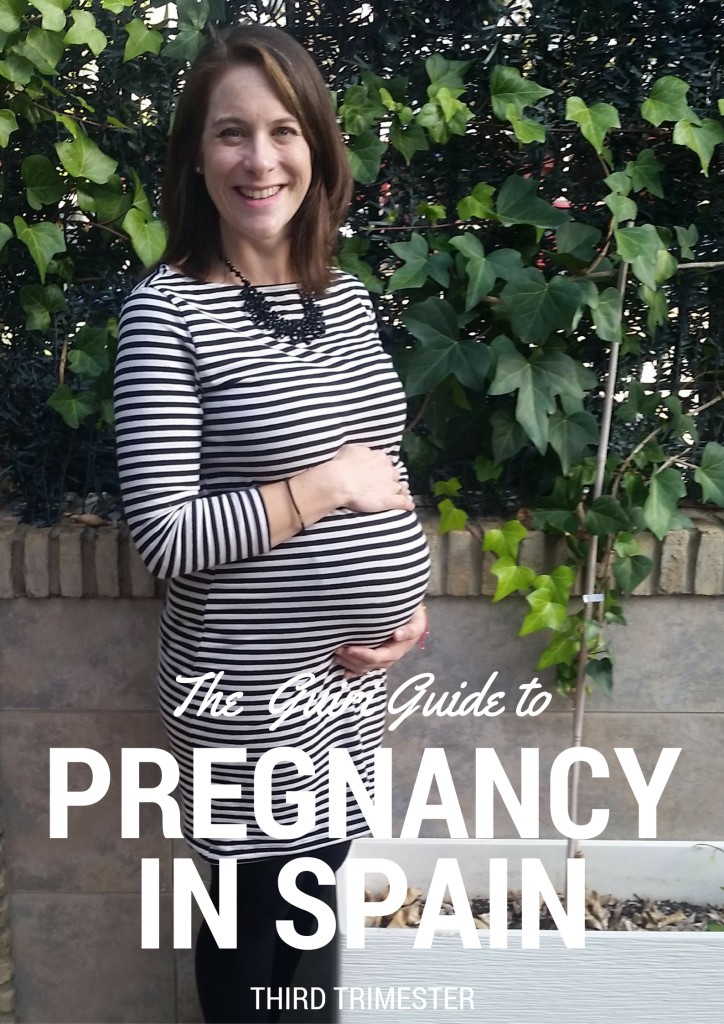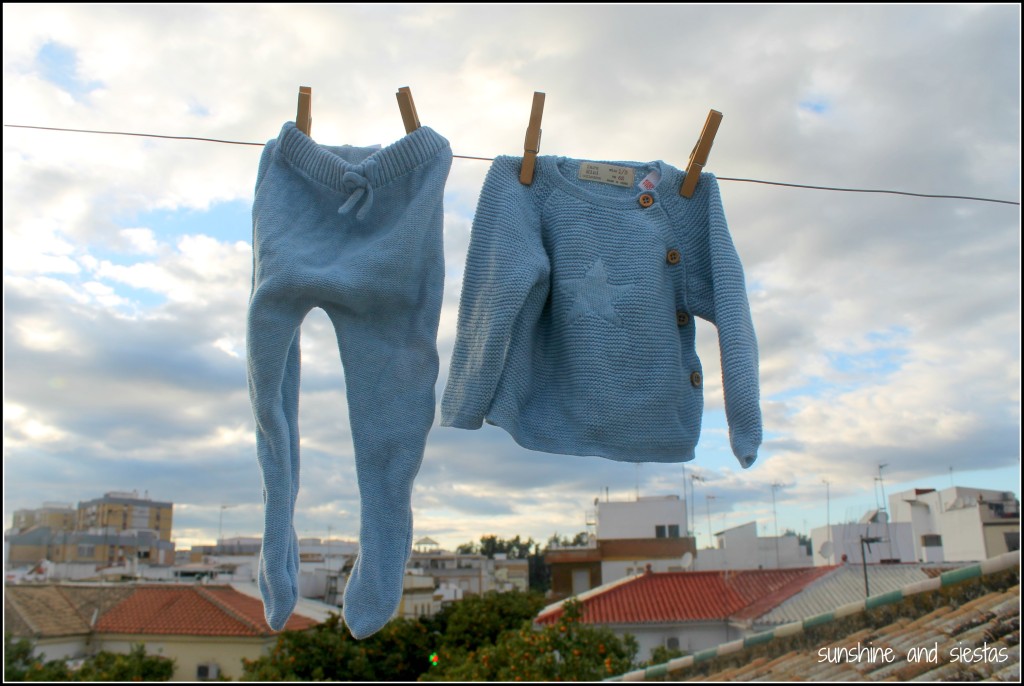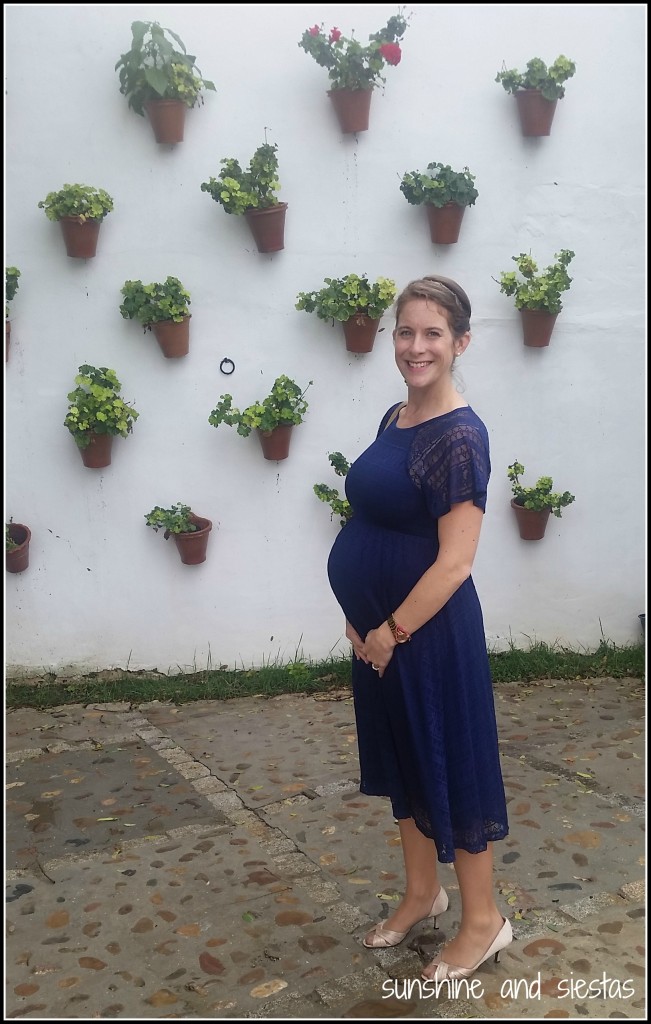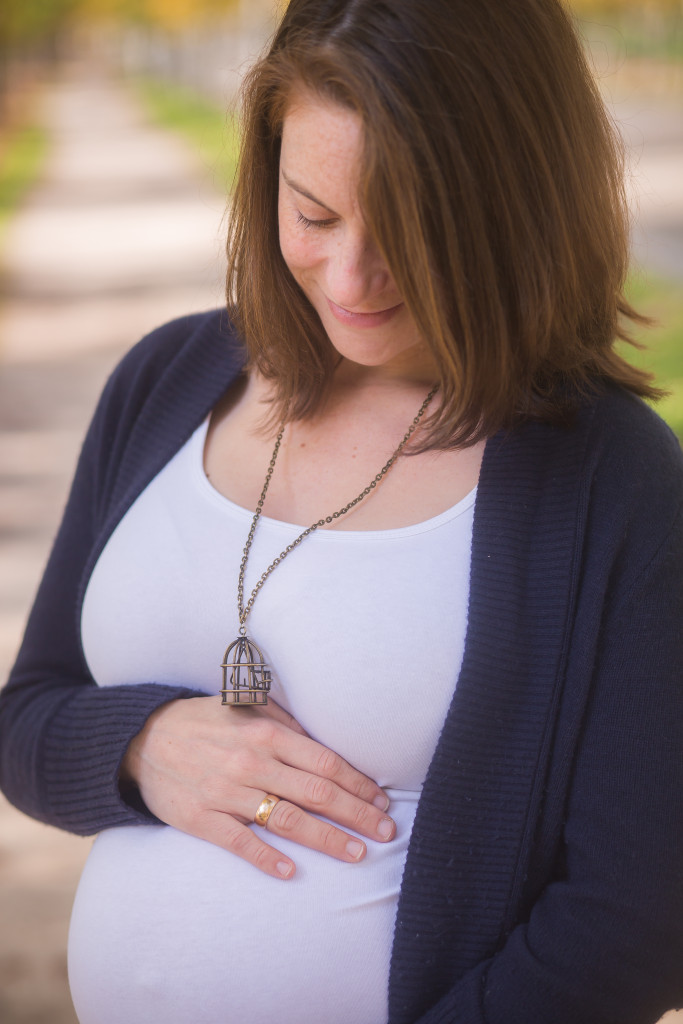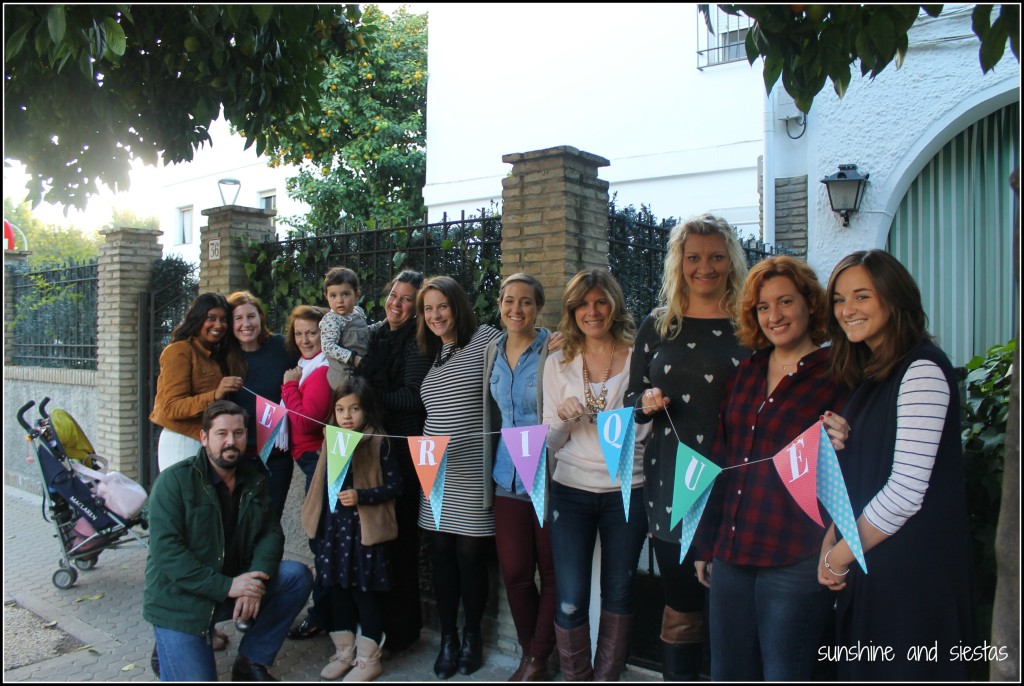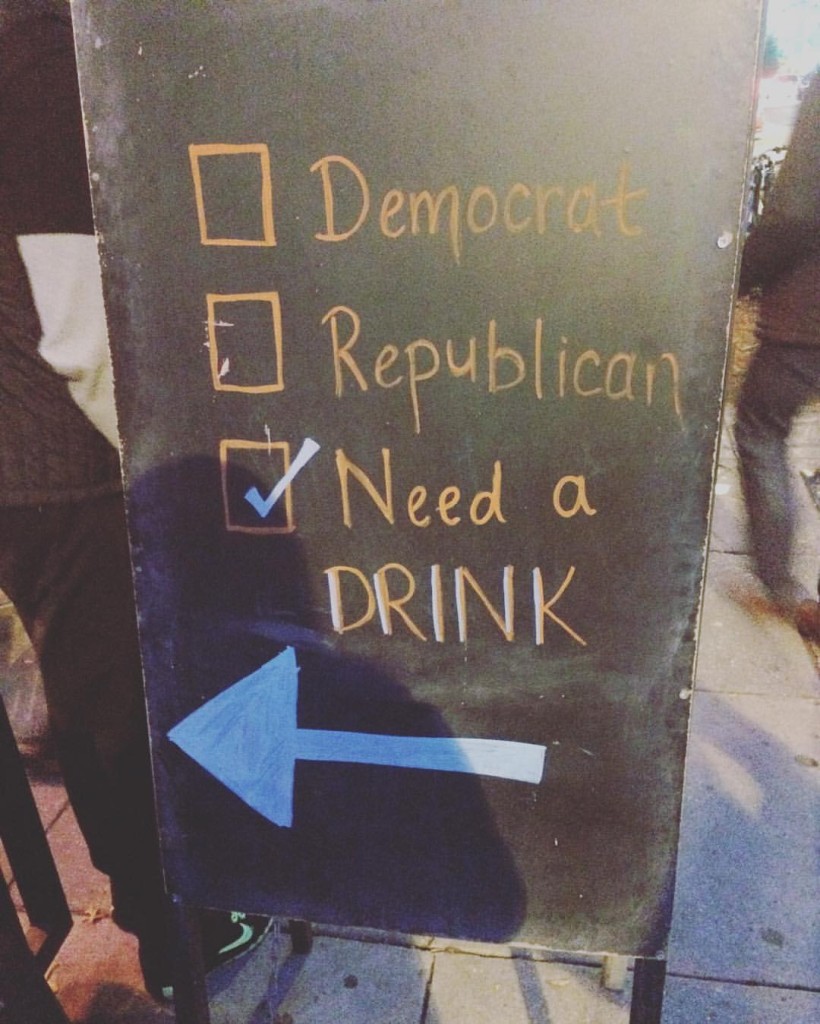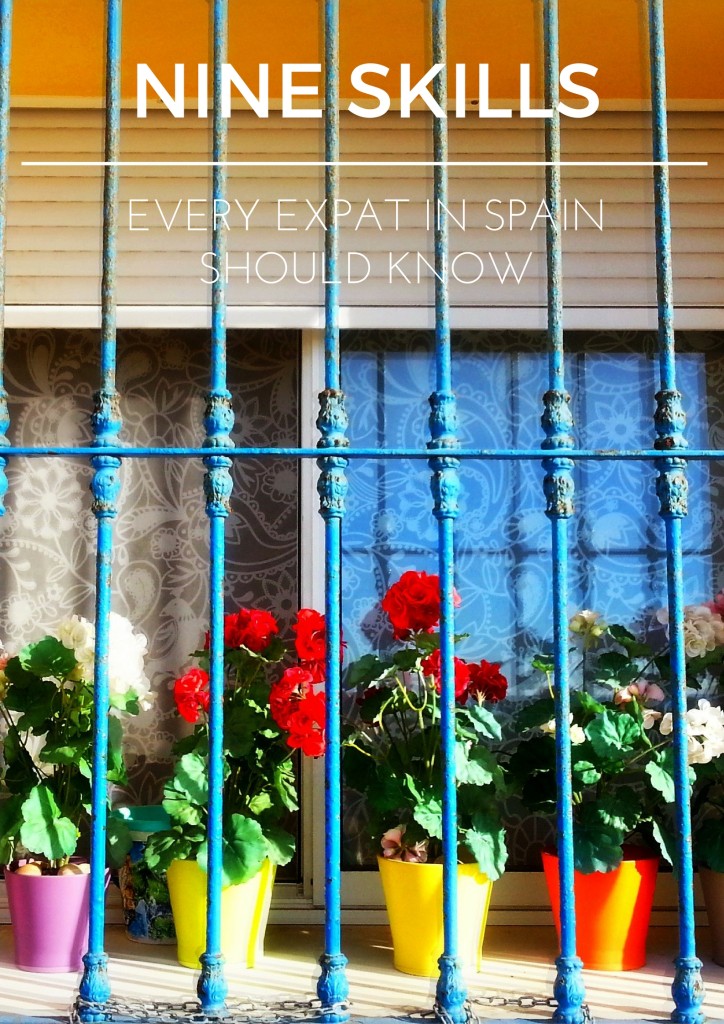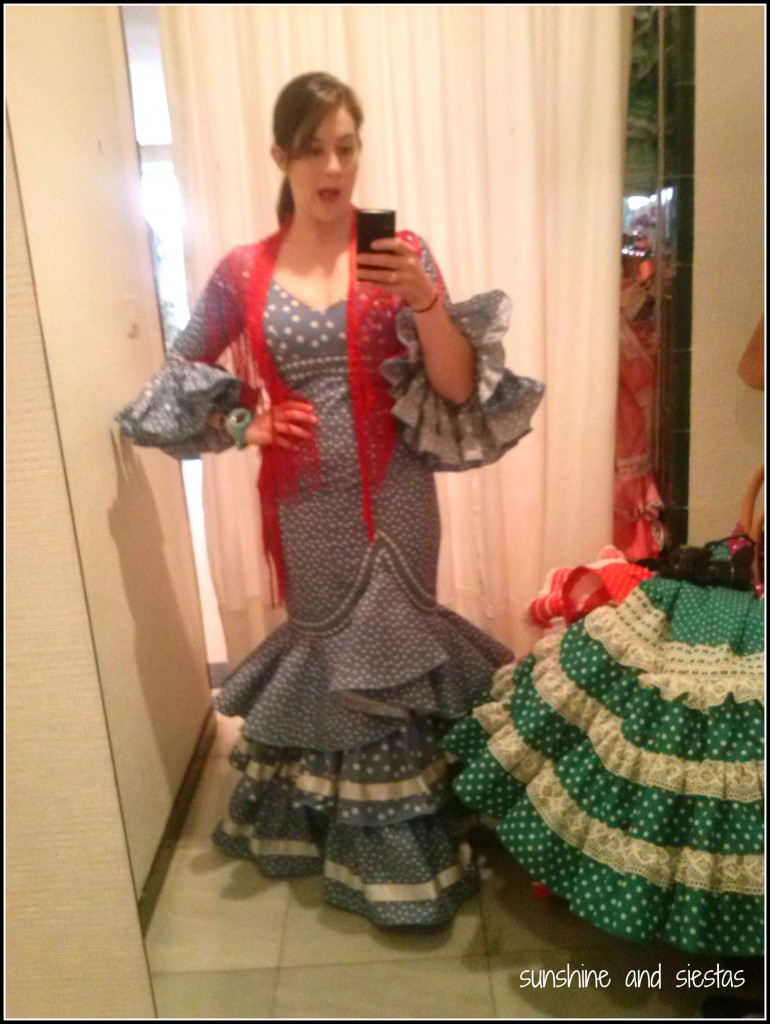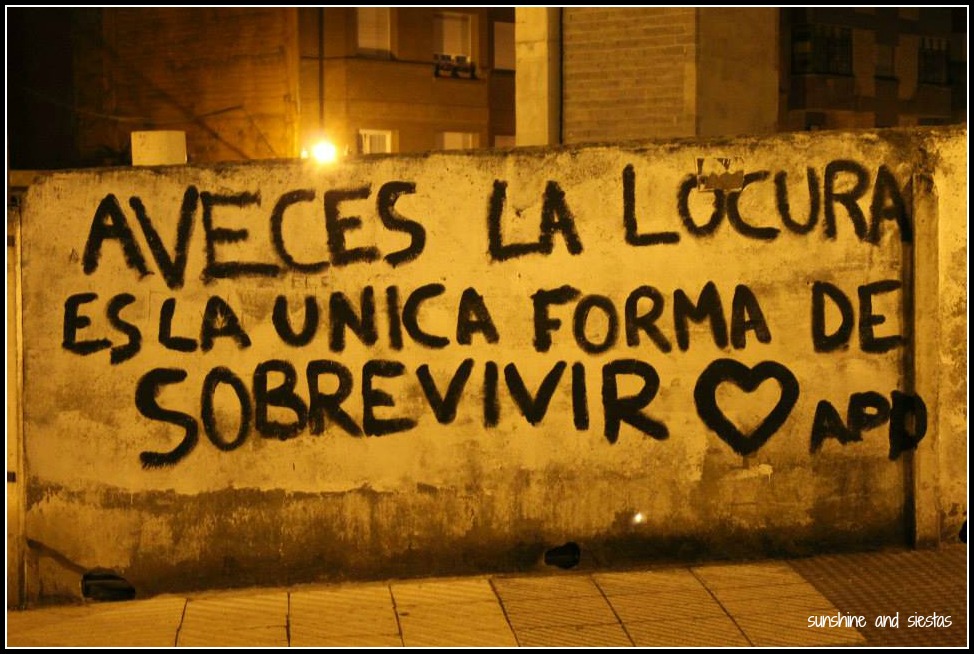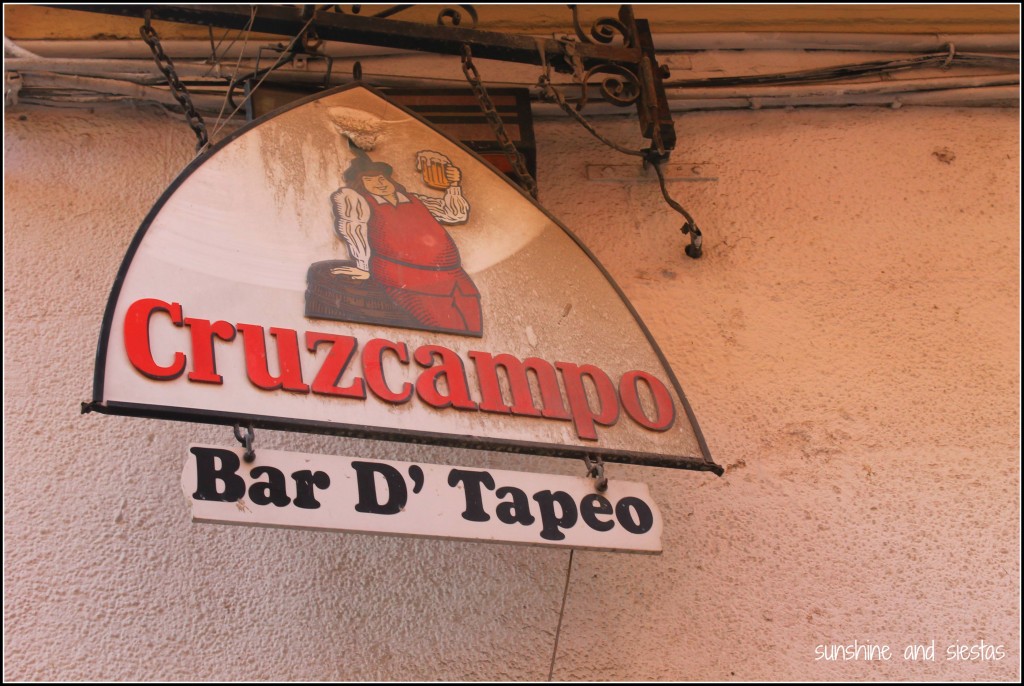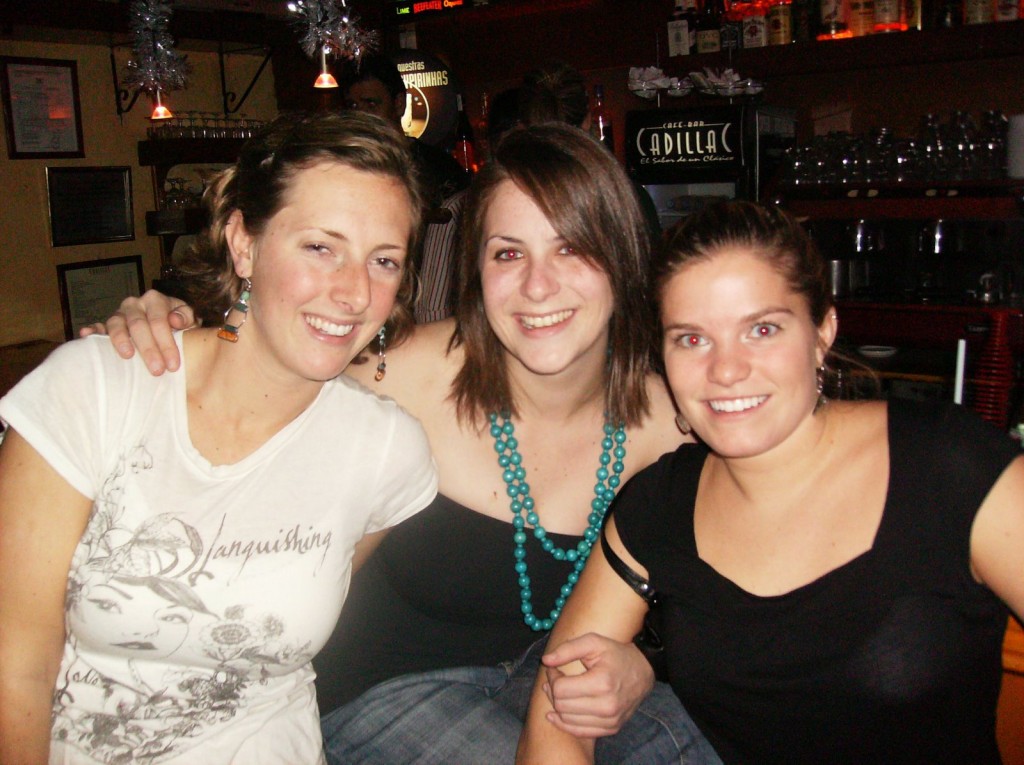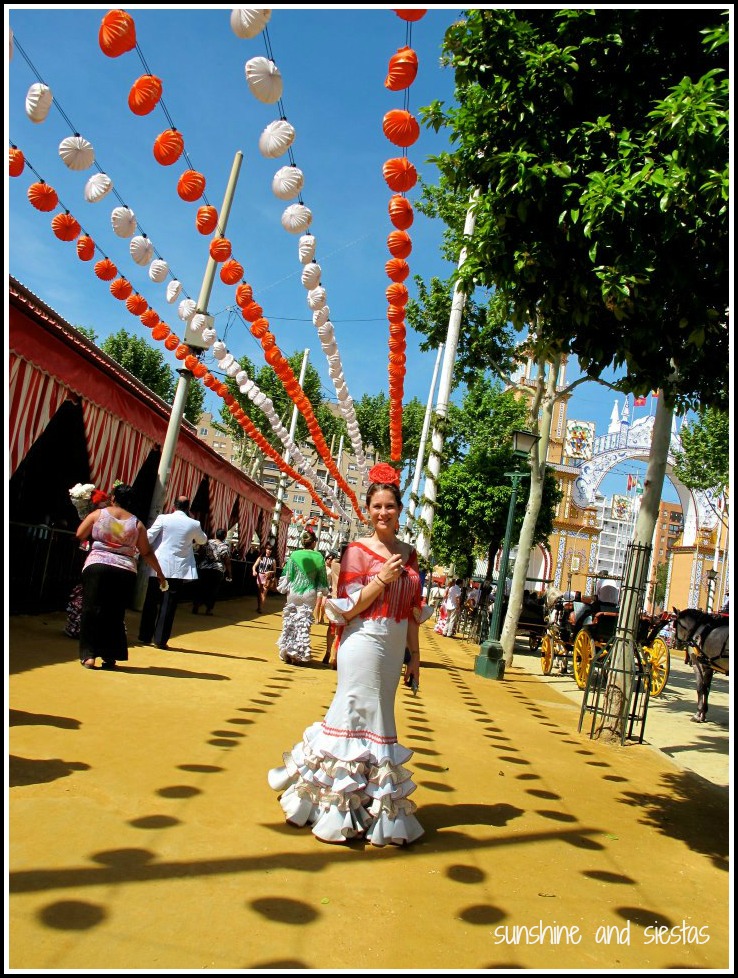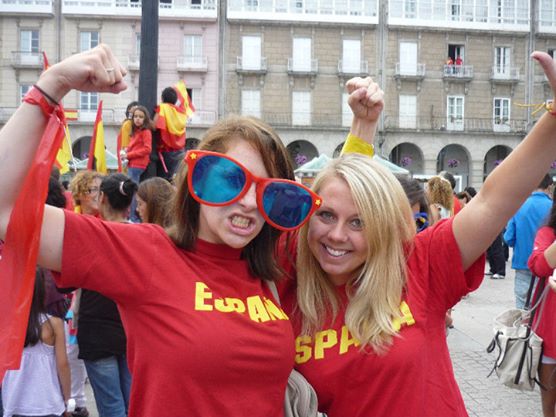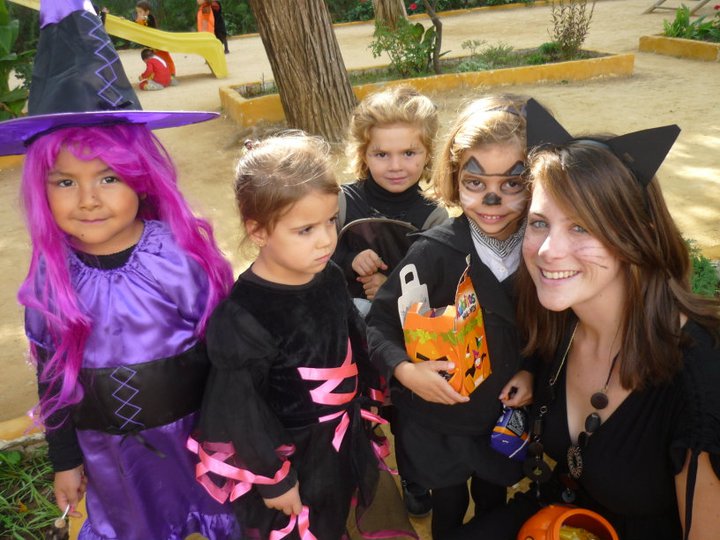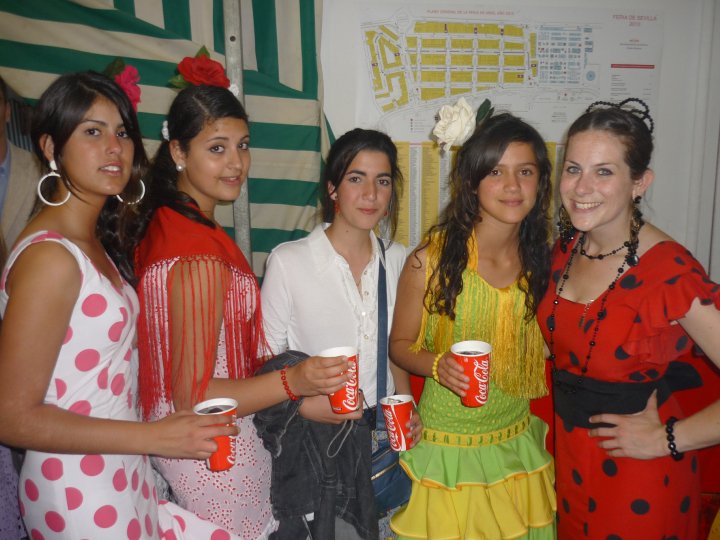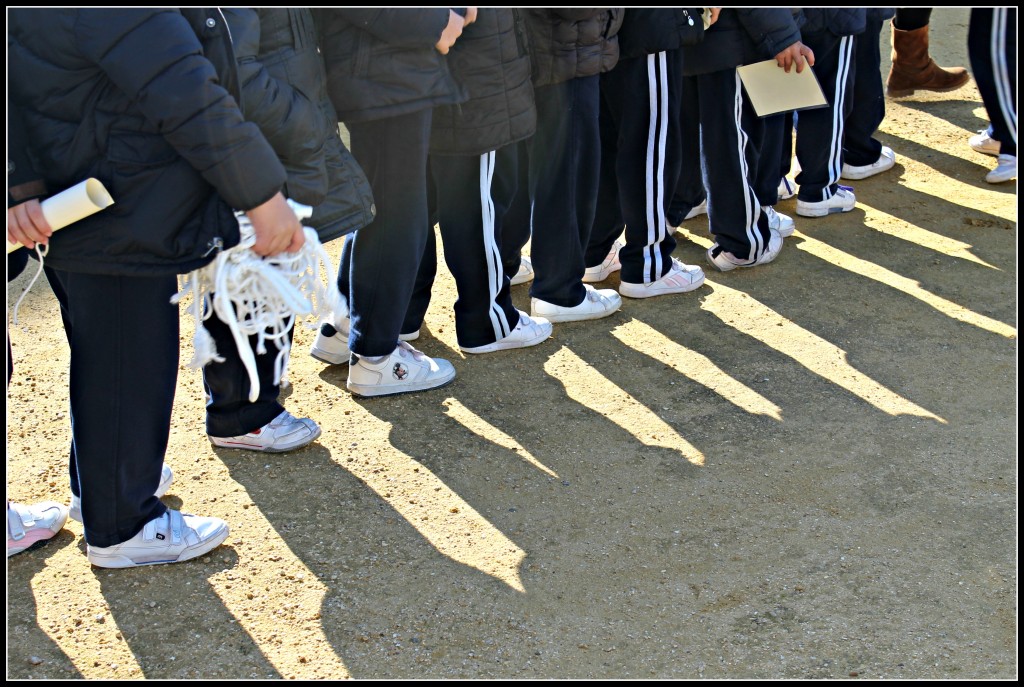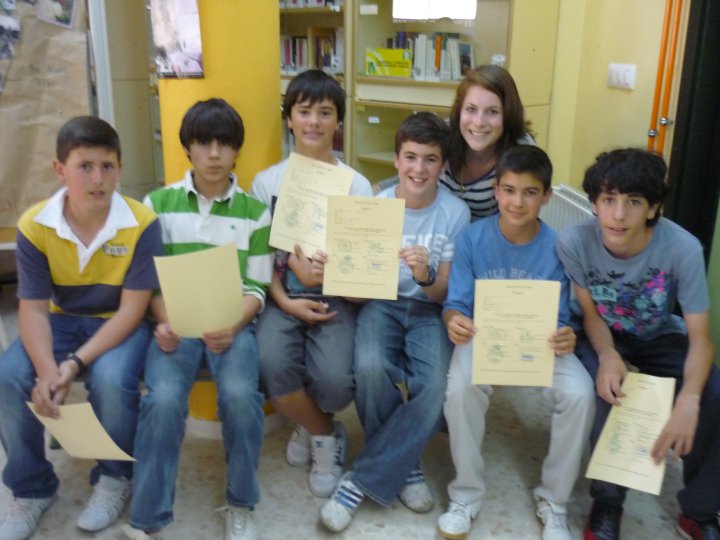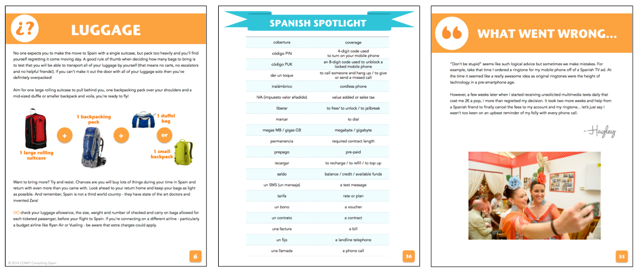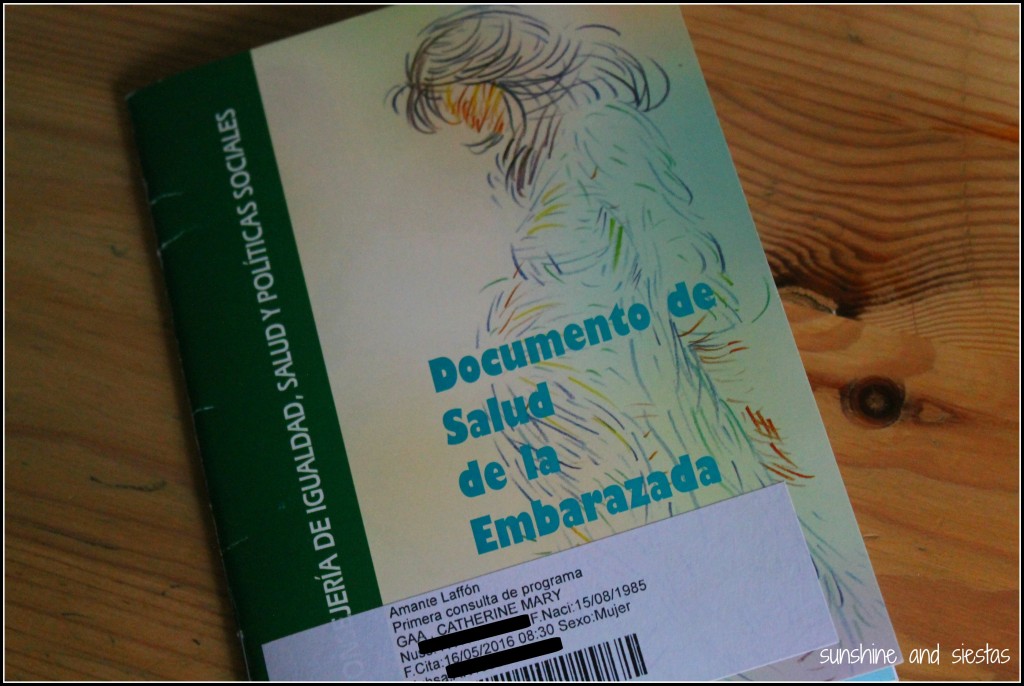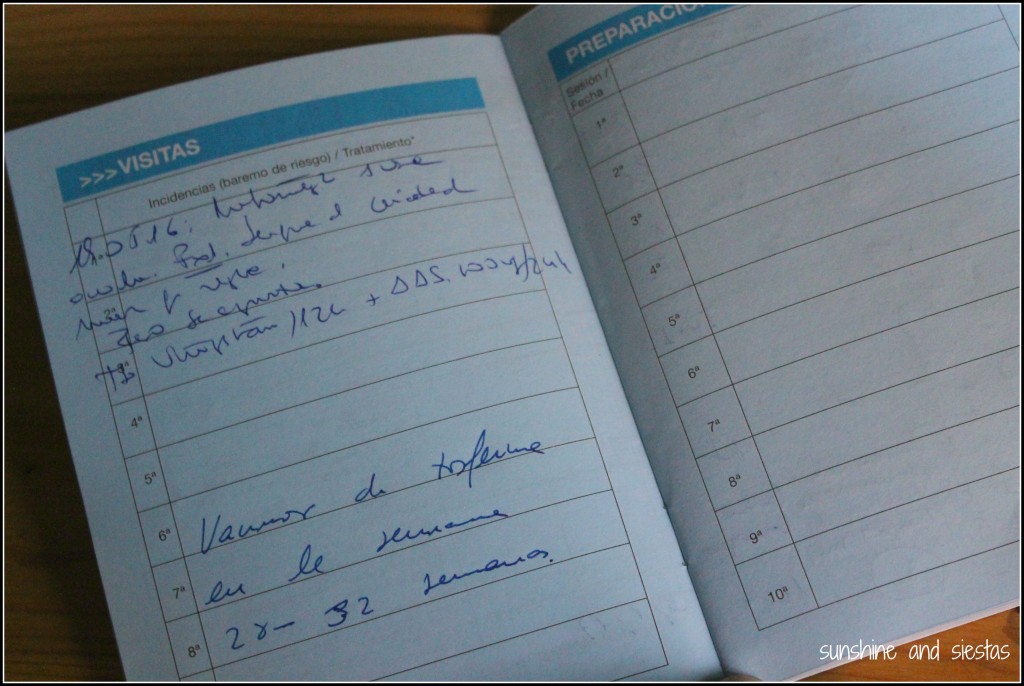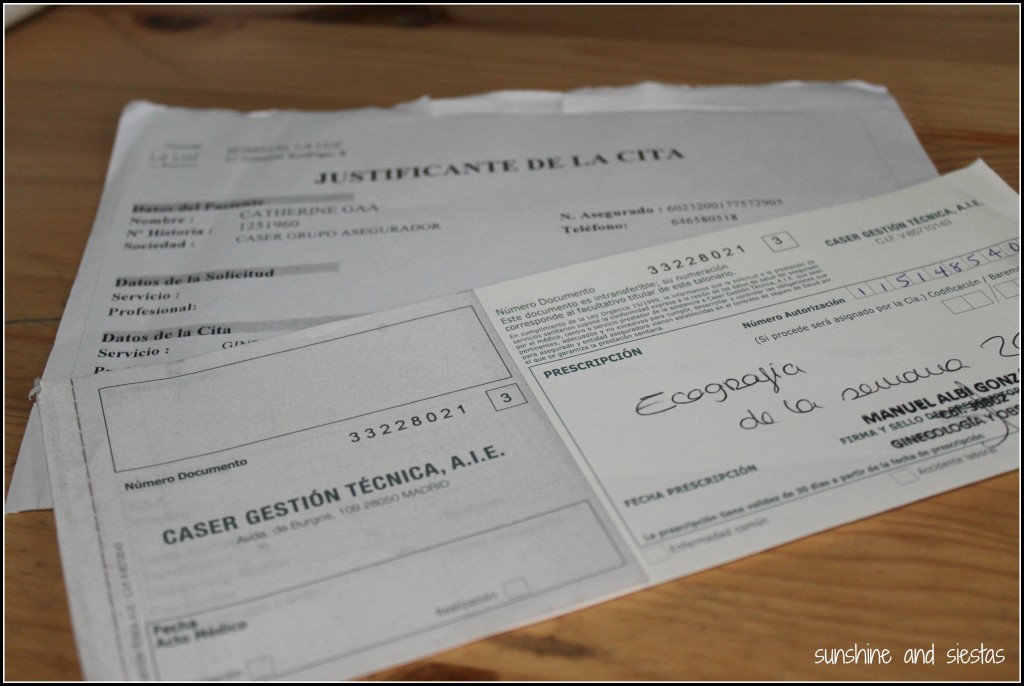Something odd happens in Seville in late spring. As the temperatures being to rise into the 30s and 40s, there’s a shift in activity. Streets clear, parking becomes available, and midday siestas are the norm.
Welcome to Summer in Seville – a No Man’s Land of sloth, extreme heat and an abandon of local habits.

When I recently spent my holidays at “home” in Seville, people called me crazy. “A pasar frío, no?” was usually met with eye rolls. But I actually love the summer in Seville and its oddities (and daycare is burning a large, large hole in our pockets), so it was an easy vacation destination. Who can pass up a free place to stay and free childcare?
Seville isn’t a coastal city, despite being in beach-packed Andalucía. The city sits on the Guadalquivir River in a fertile valley of the same name, making it a greenhouse with its own weather phenomenon, called the bochorno. This means grey skies, unbearable heat and enough humidity to make my usual nub of mousse unnecessary (upside?).
Though I used to run for the hills of rainy Galicia or back to Chicago, I’ve spent several summers in Seville and have lived to tell the tale. My trips are tried and true to my sass:

Firstly, do as the sevillanos do and hibernate. Morning markets buzz with patrons until about 11am. From that hour, as the sun reaches its peak in the sky, the streets are a virtual ghost town. You might see a lone person slinking along in the shadow of a building, but generally speaking, people stay at home during the day.
Many older homes in the center of town do not have air conditioning (this is not true of hotels or rental apartments, so take advantage of that low thermostat!), but instead have a typical Spanish invention called the persiana. These heavy plastic window blinds help block out light and heat and – by some sort of witchery – also seem to induce sleep. Embrace the siesta culture and take a midday snooze, especially because the streets become lively again after 9pm, when people descend on the cervecerías and spend the night at Seville’s best terrazas, or an outdoor disco.
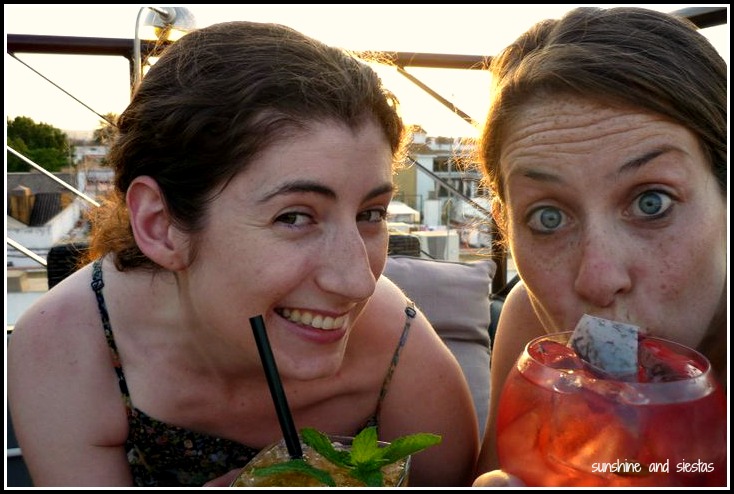
And if you still can’t sleep, take the 1970s approach to A/C – visit the Corte Inglés department store or see a movie. In fact, local lore suggests the change in temperature from the street to the store and back again causes colds.
Additionally, you can change your diet up a bit. Summertime means you can pack away your pressure cooker and forget about the hearty cuchareo that characterizes winter stews. Any local will tell you that a glass of cold Cruzcampo beer will stave off hunger during the hottest hours of the day, and many choose to adapt their diets to cool foods – gazpacho, salads, granizados – a slushy fruit juice made with ice – and seafoods.

And beer. Loads of beer. My favorite cervecerías during the hot months never let me down: Cervecería La Grande if I’m near home, and La Fresquita if I find myself in the center.
Sevillanos can be a curious bunch, often spending money on things we deem important that others may find frivolous. But some of the best money spent during the veranito sevillano is taking out a pool membership, called an abono. During our trip, all of our afternoons were spent at the pool, alternating who took the baby to the kiddy pool and who got a few moments in the adult pool, where the water covered more than just our ankles.
Terraces and pools have popped up in the last decade: check out Ocean Club or the public pools in Sevilla, or make like my amigas and just waltz into one of the rooftop hotels, like EME, and pretend like you’ve rented the suite.
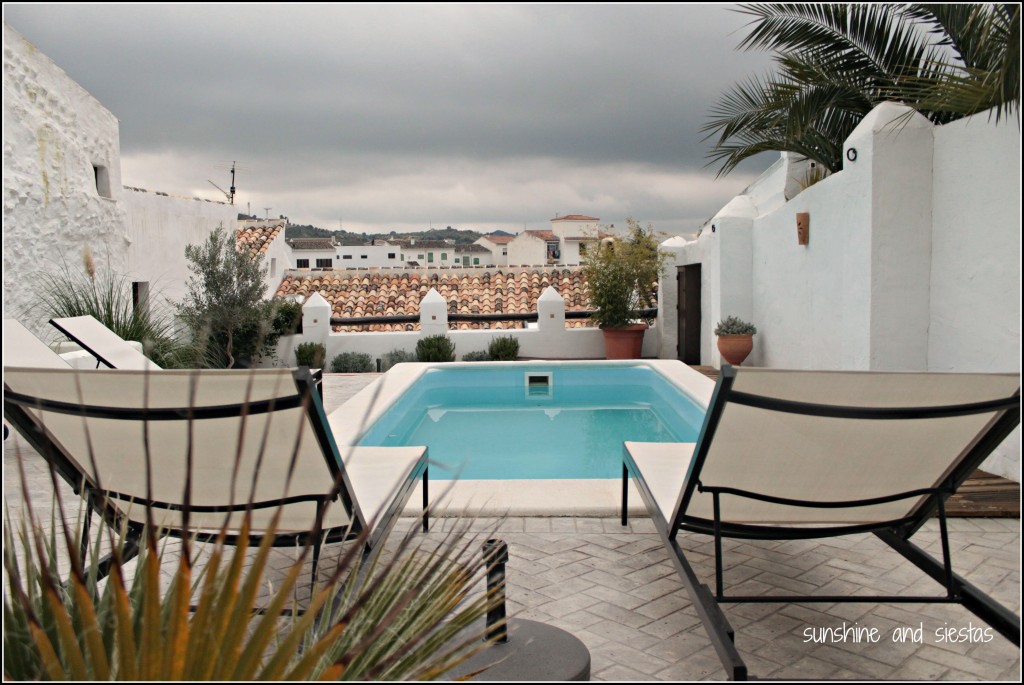
And don’t think summer is limited to the calendar – whenever you think the temps are finally returning to normal, you’ll get the resurgence of Verano de San Miguel in late September. Your summer clothes won’t get packed away until mid October’s first rain.
Our summer holidays this year included a repeat trip to Asturias to show off Baby Enrique before taking the AVE to Inferno. Lots of naps, half the day in the pool and free childcare. But, somehow, it feels good to be home and taking advantage of those hot summer nights for bachelorette parties, a baby up past his bed time and even a blissful, baby-free litrona shared on our terrace.
A sticky, legs-plastered-to-cheap-plastic-lawn-chair-yet-baby-free-litrona, that is!
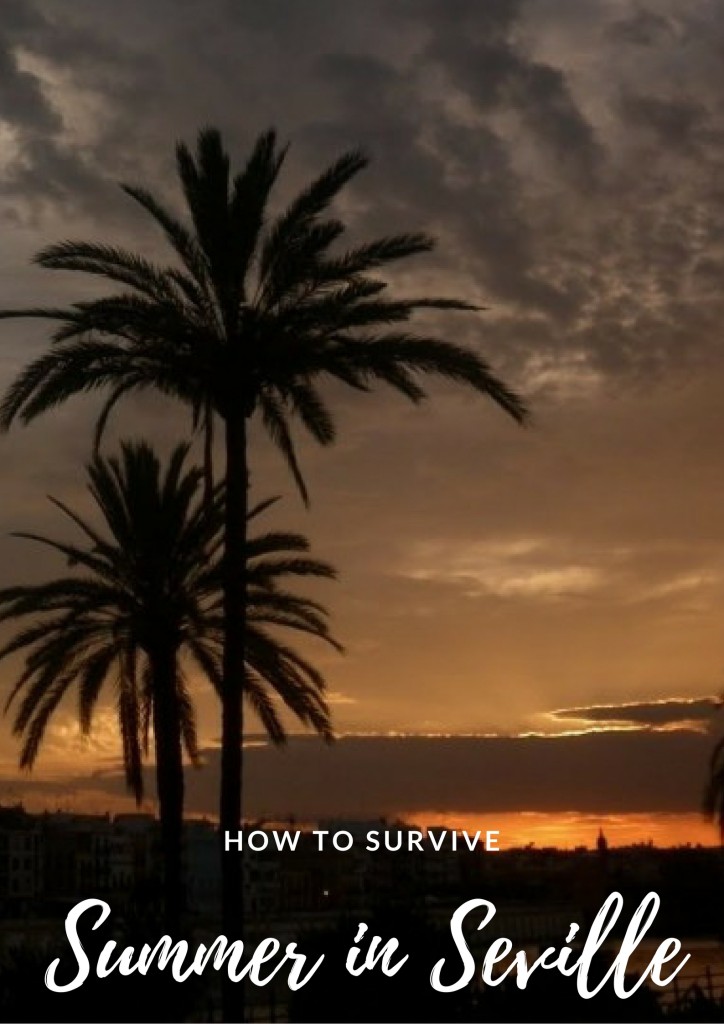
We’ll be back this weekend, camped out in front of the A/C and wishing anywhere but La Grande was open!
Have you ever spent the summer in Seville? How did you cope?

